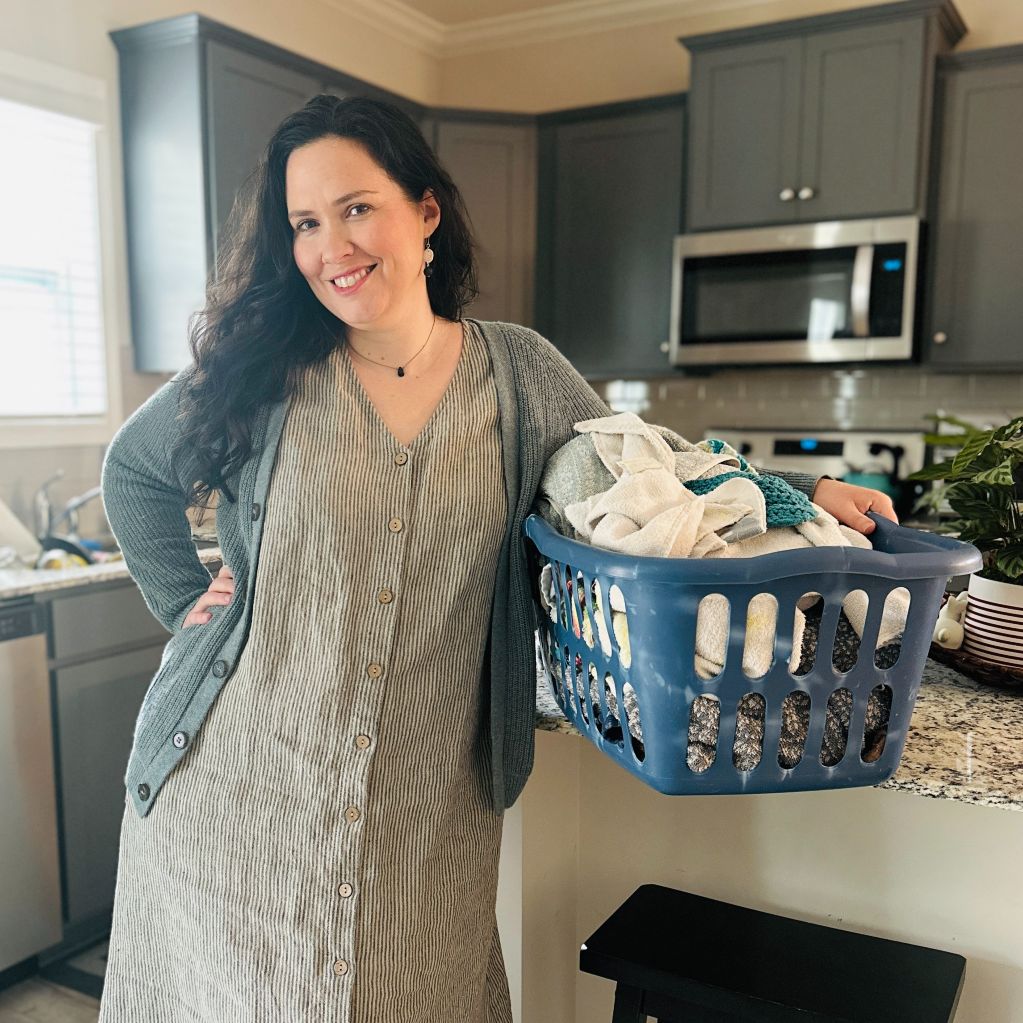Why Are Synthetic Materials Bad?
In short, they're bad because they're made from plastic.
March 9, 2022
By Oliver Charles
Are Synthetic Materials Good or Bad?
As we researched more about plastic-based fibers AKA synthetic fibers, we learned they were not only far less sustainable than natural fibers, but they also performed far worse.
Compared to the yak wool fibers we use in our sweaters, synthetics are poor thermoregulators and trap odor.
How Are Synthetic Materials Made?
Synthetic materials are made by forcing crude-oil-based plastic polymers through tiny holes to create a thread, which is twisted into a yarn used to make clothing.
Synthetic materials such as polyester, nylon, acrylic, spandex, and lycra make up 60% of the world's production of yarn fiber.

Are Synthetics Sustainable?
Compared to natural fibers synthetic fibers are far less sustainable, consuming 342 million barrels of oil and releasing 8,000,000 tons of plastic into the ocean every year in the form of microplastics.
Are Synthetic Materials Hypoallergenic?
Unlike natural materials, like khullu and merino, synthetic fibers are chemically produced and are an allergen to some.
Synthetic fibers are highly elastic and durable (they are made from plastic afterall), which makes them much easier to care for than natural fibers. Unfortunately, their durability is a double edge sword.
It can take up to 200 years for synthetic fibers to biodegrade into the earth, so those polyester clothes you have could've been worn by Abraham Lincoln!

Are Synthetic Materials Breathable?
Synthetic fibers underperform in almost every category.
One important distinction is they don't have the same "crimp" as wool fibers, meaning they don't insulate or breath efficiently, making them poor temperature regulators.
However, they are ideal for water resistance, which again is a bit of a double edge sword... synthetic fibers have a molecular structure that doesn't allow for the efficient transfer of sweat away from the skin and into the air as water vapor.
By trapping sweat, synthetic fibers create an ideal environment for bacteria and thus odor to thrive.
If you believe that every good wardrobe starts with owning less and owning better, consider buying yourself an OLIVER CHARLES sweater.
Shop NowSustainable Minimalist Closets And Slow Living
Discovering the path of slow living and conscious consuming with my Oliver Charles sweater.
Read moreOut On The Trail In My Yak Wool Sweater
Staying warm in my OC sweater while out dog sledding in freezing temperatures.
Read more1-Week Sweater Challenge: 7 Different Ways Of Styling A Sustainable Sweater
Solidifying the importance and benefits of cultivating a sustainable wardrobe.
Read more



